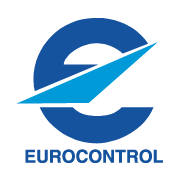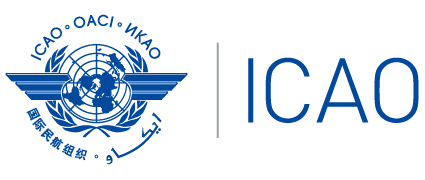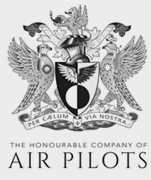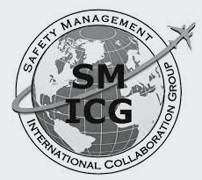Communication – Introducing DEI vocabulary
Communication – Introducing DEI vocabulary
 Communication is a powerful tool in any organisation, and this is even more true when it comes to DEI. It is important, however, to first clarify the difference between diversity and inclusion. The conversation about workplace diversity can be enriched by understanding the distinct meanings of "diversity", “equity”, and “inclusion”.
Communication is a powerful tool in any organisation, and this is even more true when it comes to DEI. It is important, however, to first clarify the difference between diversity and inclusion. The conversation about workplace diversity can be enriched by understanding the distinct meanings of "diversity", “equity”, and “inclusion”.
Defining key terms in communication
Diversity can be understood as a celebration of differences between people. Inclusion refers to creating a supportive and respectful environment that encourages and increases the participation of all employees. Equity, on the other hand, promotes justice, impartiality, and fairness within the procedures, processes, and distribution of resources by institutions or systems.
Exploring diversity, equity, and inclusion – DEI
Diversity, equity, and inclusion (DEI) have increasingly become critical aspects for organisations. DEI refers to the conscious practice of fostering an environment that celebrates differences, treats everyone equally, and includes all individuals, regardless of their backgrounds. Be it gender, race, culture, or personality type, every difference is valued and respected in a DEI-embracing workspace. In simple terms, it strives to meet the needs of employees from all walks of life.
Clarity in communication: what DEI means to employees
In 2023, Statista published research highlighting the most important outcomes of DEI programmes for full-time employees globally. For 66% of the respondents, promoting inclusion and a sense of belonging was the most cherished result of DEI programmes at their place of employment. Fair compensation was considered just about as important (65%). Using input from a diverse selection of employees to create improved strategies was a top priority for 60%. So, too, was recruiting and supporting the growth of a diverse group of employees. Only 58% thought it was important to have diverse decision-makers[1].
What are DEI communications?
DEI communications are an integral part of a company’s DEI initiatives. In essence, it refers to effectively conveying DEI-related information both internally and externally. A good DEI communication strategy involves candid discussions on DEI topics, transparent reporting on the organisation’s DEI efforts, and promotion of DEI initiatives through various channels.
For example, executive leadership might send monthly emails disclosing diversity statistics and the progress made on DEI projects. The human resources team may host webinars on inclusive language, common biases, and how best to counteract them.
The way communication content is handled will vary somewhat depending on the industry.
Building a successful communication strategy
To ensure that internal communication process facilitate a space for honest, inclusive, and informed conversations, be sure to incorporate DEI communication into a human resource information system (HRIS). DEI has traditionally been the responsibility of HR departments. However, business leaders across various sectors are increasingly recognising the importance of DEI. This shift indicates that DEI is becoming a key focus area for leaders beyond HR.
In addition, there has been a significant rise in DEI technology solutions. These solutions are driven by a strategic shift from initiatives that primarily assist individuals to those that support entire organisations. This approach ensures a more comprehensive integration of DEI principles into the fabric of the business, promoting a more inclusive and equitable workplace culture.
Modern human resource information systems (HRIS) are a powerful software tool used worldwide to collect and store data that relates to employees. They are a popular technology solution that have become part and parcel of HR management systems to maintain employee records for HR and for compliance reasons. As HRIS can track data, they are valuable for DEI-related communications. In addition, as data is kept in one place, administrative efficiency can be improved.
Barriers to DEI communication
According to a survey conducted by WebMD Health Services, (Diversity, Equity, Inclusion & Belonging), 62% of the workers surveyed say DEI-type programmes are ineffective, and nearly half (46%) believe they have failed them personally[2].
 Ultimately, they found that employees in general live in a stressful world and need more support from their employers.
Ultimately, they found that employees in general live in a stressful world and need more support from their employers.
One of the primary barriers to DEI communication is the lack of awareness or understanding of DEI itself. It can be challenging to have candid discussions about DEI when people do not understand its importance, which is why education is the first step in any successful DEI communication strategy.
Also, there’s no denying that forming an inclusive internal communication loop is not an easy task. There may be implicit biases and prejudices among employees that can unintentionally exclude certain individuals or groups. The fear of miscommunication or backlash can also discourage open DEI discussions.
Building an effective DEI communication strategy
To build an effective communication strategy, you need to understand who you’re dealing with. You need to create a clear DEI-orientated message. Then, to spread your message, you need to choose the best possible communication channels to meet the needs of individual employees.
Understanding your audience
One essential aspect when formulating any communication strategy is understanding your audience. Unsurprisingly, this applies to a DEI communication strategy, too. Understanding who your employees are, what they value, their preferred mode of communication, and the kind of DEI content that might interest them, is key. An employee experience strategy lead can play a crucial role in gathering valuable information. This person takes responsibility for developing the organisation’s strategy to enhance and optimise the overall experience of employees.
Surveys can also be very useful, as they provide an indication of what employees think about DEI. They also encourage input from employees, which in itself increases inclusion.
Creating a clear DEI message
Creating a clear DEI message goes beyond just using inclusive language. It requires creating an environment where sensitive topics related to DEI can be discussed openly. Listening is just as critical as speaking. Encouraging employee advocacy by creating safe spaces for discussions can significantly help in moulding a favourable organisational culture.
Choosing appropriate communication channels
It is more important than ever to understand that each employee may have a different preferred communication channel. Some people might prefer emails, whereas others might respond better to more interactive formats like webinars or town hall meetings. Personal meet-ups, newsletters, intranet portals, and even social media can be leveraged to improve DEI communication efforts.
You should choose the appropriate channel based on your workforce demographic and their preferences. A platform that gives you the freedom to do this by targeting individuals and linking them to channels is the best option.
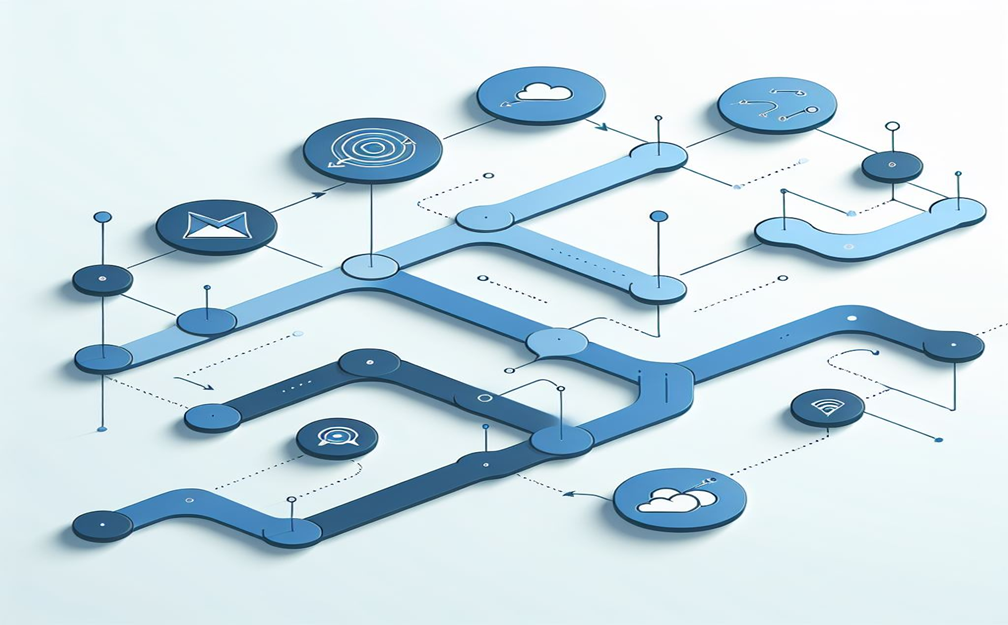
Involving and informing employees
Older generations in today’s workforce may not be fully aware of some of the topics surrounding diversity and inclusion, as this might not have been talked about in the workplace during most of their careers. Raising awareness among these employees is key. Communicators can help them understand how to mindfully participate in the inclusive culture in their organisation. It is also important to involve the entire workforce in your communication activities – not just in terms of delivery but also in terms of content.
Do not rely on one-sided communication
Successful DEI campaigns involve conversations and good storytelling. Understanding on the part of employees requires listening, dialogue, and a space to ask questions. A weekly open forum or communications platform where you can host these conversations are a great way to achieve this. Having the opportunity to be candid and human with colleagues is incredibly valuable when having conversations about historically sensitive topics, such as gender, race, identity, and privilege.
Valuable ideas for a DEI communication checklist
Effectively managing DEI communication requires a well-planned strategy. Checklists can be a useful component to ensure that no crucial elements are overlooked in a DEI communication strategy.
Checklists also serve as a roadmap for internal communicators, ensuring nothing is missed out during the implementation of DEI initiatives. The lessons learned throughout the process can be included in the checklist for continuous improvement. They allow for easy documentation of completed tasks and unaddressed areas needing attention. This contributes to transparency and allows for continual improvement in your communication efforts.

Essential checklist items
Some key items that your DEI communication checklist should include are specific awareness days, a reviewed inclusive language guide, clear processes for candid discussions, social media content checks, employee experience surveys, and inclusive hiring and promotional practices. These elements should be incorporated into your overall DEI communication strategy.
The need to engage both internal and external communication channels should be reflected in your checklist too. Make sure that you have regular updates and engagements to highlight thematic days such as International Women’s Day, Pride Month, or Black History Month to highlight your commitment to DEI.
To ensure the best results, the checklist should be treated as a living document that evolves based on lessons learned, feedback received, and changes in organisational culture.
Planning and developing a checklist
By clicking on the link below, you will find a DEI communications checklist that can be used to prepare a plan for a DEI communication strategy: (7-Step DEI Communications Strategy and Checklist Ideas).
Fostering inclusive internal communication
Inclusive internal communication is crucial for driving a vibrant DEI culture within an organisation. It creates a respectful work environment where diverse perspectives are valued. It also promotes fairness and offers an employee experience that motivates employees to contribute to their maximum potential.
Strategies for promoting inclusivity
Inclusive communication starts from the top. Your executive leadership should lead by example, using inclusive language and demonstrating behaviours that value diversity. Ensuring that your executive team strategy lead guides and fosters this culture can be a game changer for any organisation.
Another important factor is the appropriate training of internal communicators. They should be equipped with the skills to handle the nuances of DEI content and ensure it is communicated in a way that honours the diversity within your organisation.
Adopting a zero-tolerance policy against any form of discrimination and promoting candid discussions on DEI issues can significantly boost your DEI efforts.
Building an inclusive organisational culture
An inclusive organisational culture is one where every individual feels valued, heard, and appreciated. Building such a culture requires conscious efforts in fostering diversity, inclusion and equity. This should be well-documented in your DEI communications strategy. Regular presentations, workshops, team-building activities promoting inclusivity can radically transform your workplace culture.Bridging the gap between various cultural and social backgrounds should be seen as an opportunity to learn and grow rather than a challenge. Regularly sharing stories, experiences, and lessons learned from people with different cultural and social backgrounds can foster understanding and acceptance among employees.
Leveraging a diverse workforce
A diverse workforce brings a wealth of experiences, ideas, and skills to the table. Recognising and appreciating this diversity through consistent DEI initiatives is crucial. Leveraging a diverse workforce can lead to innovation, improved problem-solving, and better performance overall.
Equally important is ensuring that diverse experiences and expertise are evenly represented across all levels and departments of the organisation. This can be encouraged through a DEI communication strategy that includes programmes for mentoring and sponsoring diverse talent.
The very essence of leveraging a diverse workforce lies in the organisation’s ability to provide equal opportunities while embracing diversity and inclusive growth. Encouraging employees to share their success stories and discussing achievements during meetings or through digital platforms can be a great way to foster an inclusive work environment.

[1] DEI Communications: Strategy and Checklist Ideas (cerkl.com)
